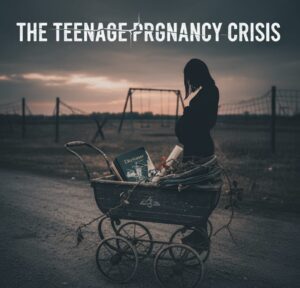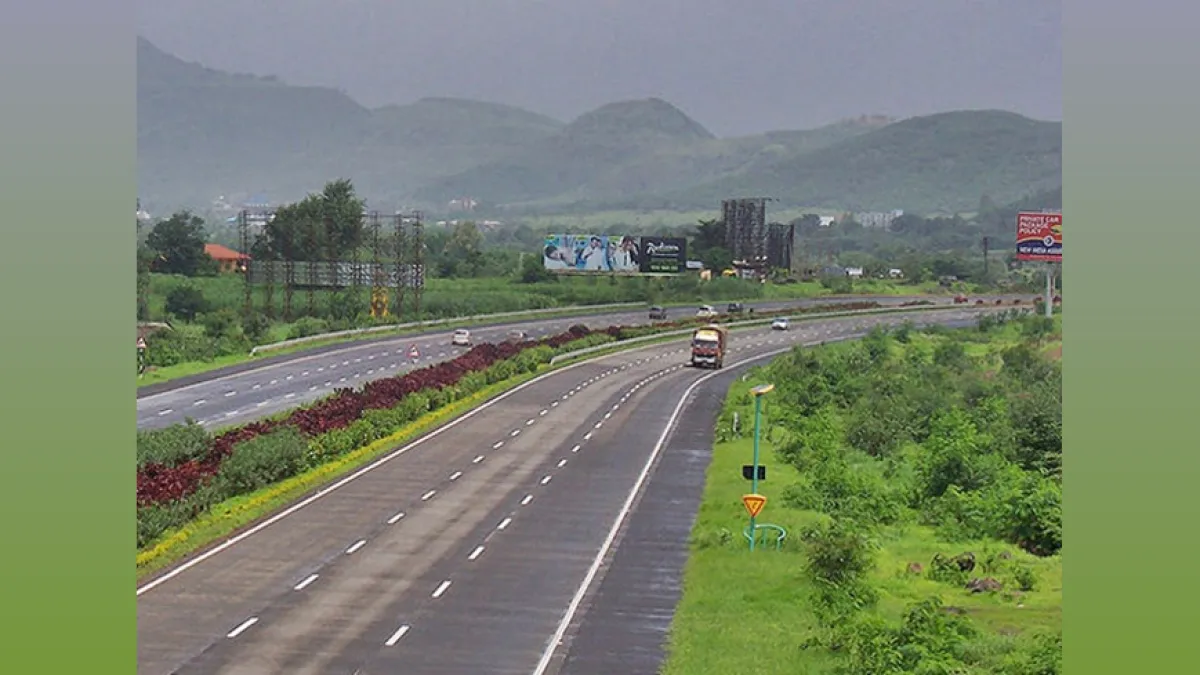 Beyond Feminism: The Teenage Pregnancy Crisis
Beyond Feminism: The Teenage Pregnancy Crisis
A Class X girl in Malkangiri gave birth prematurely, a Class VI girl in a Keonjhar residential school was discovered to be pregnant, two Class X girls in Phulbani’s state hostels were found carrying pregnancies, and a Class VIII girl in Mayurbhanj was confirmed expecting. These are just a few of the heartbreaking stories emerging from Odisha in 2025. Often, we read about them, see their faces for a fleeting moment, and by the time we reach the sports or lifestyle page, they are forgotten. Each case is a stolen childhood, a silenced dream, a life forced into adulthood before it has even begun. The stories of these young girls are urgent warnings to society: without protection, education, and support, a generation will continue to be lost to preventable despair.
According to the National Family Health Survey ( NFHS-5 ), 7.9% of girls aged 15–19 in India were already mothers or pregnant at the time of the survey. In Odisha, this figure stands at 8.0%, indicating a persistent challenge in the state. The National Rural Health Mission (NRHM) reports that approximately 43% of girls in India are married off before the age of 18. Furthermore, every year, nearly 25,000 girls die during pregnancy or childbirth, with about 9% of these deaths occurring among those aged 15–19. Among all 36 states and union territories, according to NFHS-5 (2019–21) teenage pregnancy (women aged 15–19 years) is highest in Tripura at 21.9%, followed by West Bengal at 16.4%, Andhra Pradesh at 12.6%, Assam at 11.7%, Bihar at 11%, and Jharkhand at 9.8%. About 60% of these pregnancies occur without proper spacing, and the girls often lack access to adequate healthcare, leading to poor maternal and child health and even death.
Teenage pregnancy is not only a serious issue in Odisha or India but also a global problem. According to a 2021 report, on average, around 14% of girls worldwide give birth to their first child before the age of 18. According to WHO, a report published in April 2024, the global adolescent birth rate (ABR) is 41.3. It is estimated that 21 million adolescent girls (aged 15-19)in developing regions become pregnant each year (sub- Saharan Africa, Latin America and Caribbean having the highest rate). Teenage pregnancy is one of the leading causes of various health problems and even death among adolescent girls aged 15–19. Globally, this problem is more prevalent in economically and socially backward countries. Child marriage is still practiced in many societies; as per a 2021 report, there were nearly 650 million child brides across the world. In such cases, married adolescents have little to no authority over decisions related to pregnancy or family planning. Moreover, in these regions, there is often a lack of knowledge and access to family planning, contraceptives, or birth-control measures. Poverty, lack of employment opportunities, and poor education further worsen the issue. Many times, even when adolescents are aware of contraceptive methods, access remains limited. Not only due to financial constraints but also because of social barriers. In addition, inadequate knowledge about the proper use of contraceptives, and the tendency to discontinue them midway due to social or familial pressures, also contribute significantly to teenage pregnancies. Child sexual abuse is another major cause of this problem. According to a WHO report, in 2020, at least 120 million girls under the age of 20 had experienced some form of sexual abuse. In addition, many adolescent girls are pushed into sex work to financially support their families, which often leads to unwanted pregnancies. Similarly, due to the lack of proper sex education and knowledge about reproductive health, curiosity often drives adolescents into unsafe sexual activities, resulting in unintended pregnancies.
Teenage pregnancy leads to many health problems. These include high blood pressure and pre-eclampsia (characterized by hypertension, swelling of the feet, protein loss in urine, kidney and liver complications, visual disturbances, reduced platelet counts, fluid accumulation in the lungs, and difficulty in breathing), anemia, infections of the uterus and urinary tract, premature delivery, low birth weight babies, neonatal infections, and in severe cases, death of both the mother and the newborn. Apart from these physical problems, there are also significant psychological impacts on the teenage mother. Generally, a pregnant teenager does not receive adequate care and support from her parents. She becomes a victim not only of social stigma but also of family rejection. This disrupts her mental development. Emotional instability, panic attacks, depression, anxiety, insomnia, self-harm tendencies, suicidal thoughts, and post-traumatic stress disorder are common. Many teenage mothers also fall into substance abuse. Unwanted pregnancies often cause a break in the girl’s education. In the long run, this affects not just the girl or her family but weakens the entire society in terms of education, health, and economic condition. It creates barriers to women’s education and self-reliance.
The WHO, UNICEF, the Government of India, and various state governments have initiated several measures to address this issue. However, to completely eliminate it, efforts must come from every section of society. Education plays the most crucial role here. This does not only mean going to school and earning certificates, but rather, at every level. Especially parents must openly discuss and educate their adolescent children (both girls and boys) about sex and reproductive health. Along with schools and colleges, awareness camps should also be organized at the panchayat level to educate adolescents about contraceptive methods and reproductive health. This education is not only important for teenage girls but equally necessary for teenage boys. Because such awareness will not only help in controlling teenage pregnancies but also protect the next generation from sexually transmitted diseases and substance abuse. True women’s empowerment cannot be achieved if teenage pregnancy continues to chain young girls to a cycle of vulnerability. In our conversations on feminism, we must remember the 43% of teenage girls whose voices are rarely heard.
Written by
Dr Ipsita Pradhan
Bhubaneswar





